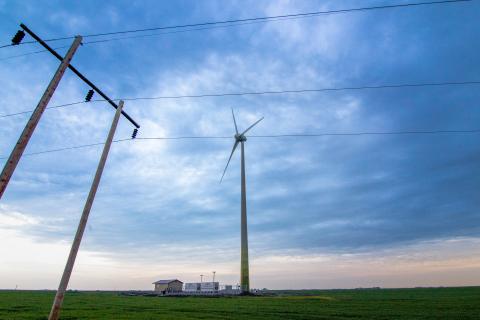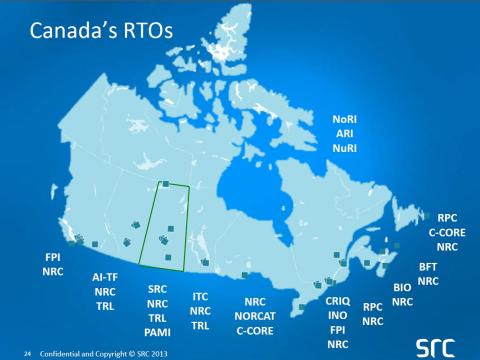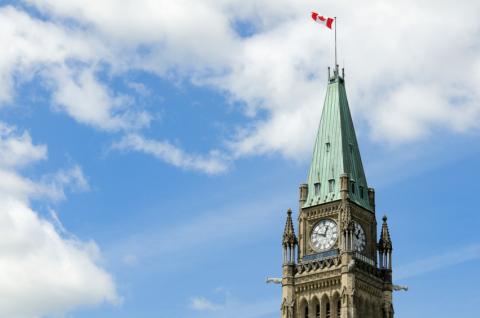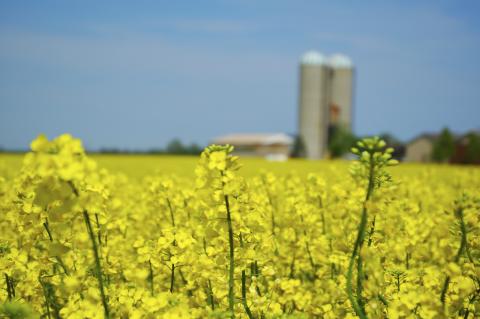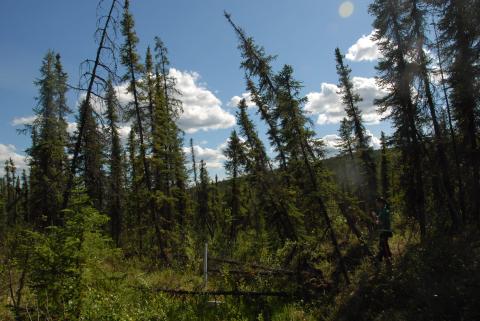Inside SRC
SRC has developed an economic and socio-environmental impact audit process that enables an RTO to use solid data to provide a realistic indication of the impacts of its innovation-enabling work.
For many companies operating in the mining and energy sectors, community engagement is something they have to do or may want to do. The question is, are you willing to do what it takes to make community engagement more meaningful and valuable for you and your stakeholders? It’s a big question to answer.
“Do you happen to have a gently used biodigester?” Our biodigester project with the Canadian Museum of Science and Technology started with an unusual question. Isn't that where innovation usually starts?
Renewable energy generation from sources such as wind is largely unpredictable. What if you could smooth out the volatility and make a wind turbine act like a conventional generator? This is exactly what we are trying to achieve in a wind-battery project we’ve developed alongside Cowessess First Nation.
There is a lot of oil in the Bakken Formation – estimated to be as much as 16 billion m 3 (100 billion barrels) in Saskatchewan alone – but it is both difficult and expensive to access. SRC’s Enhanced...
Canada’s principal innovation enablers are its Research and Technology Organizations (RTOs). What? Canada has RTOs? You bet. So who are they?
Research and Technology Organizations (RTOs) help industry get innovation done, and they normally get paid by industry, so why do RTOs need government support as well?
One of the Worst Natural Disasters in Canada The Agricultural Drought Adaptation project is the first work to comprehensively assess the severity, area and duration of past droughts across Canada. It...
Canada’s massive expanse of boreal forest – three million square kilometers – is undergoing a serious transformation due to climate change. A group of Canadian forest scientists is investigating the impacts and published its findings.
Having sound environmental practices is becoming important for many companies worldwide because clients, consumers and regulatory agencies are expecting it. Many companies are going even further, taking steps toward determining, communicating and reducing their environmental impact through carbon footprinting.



